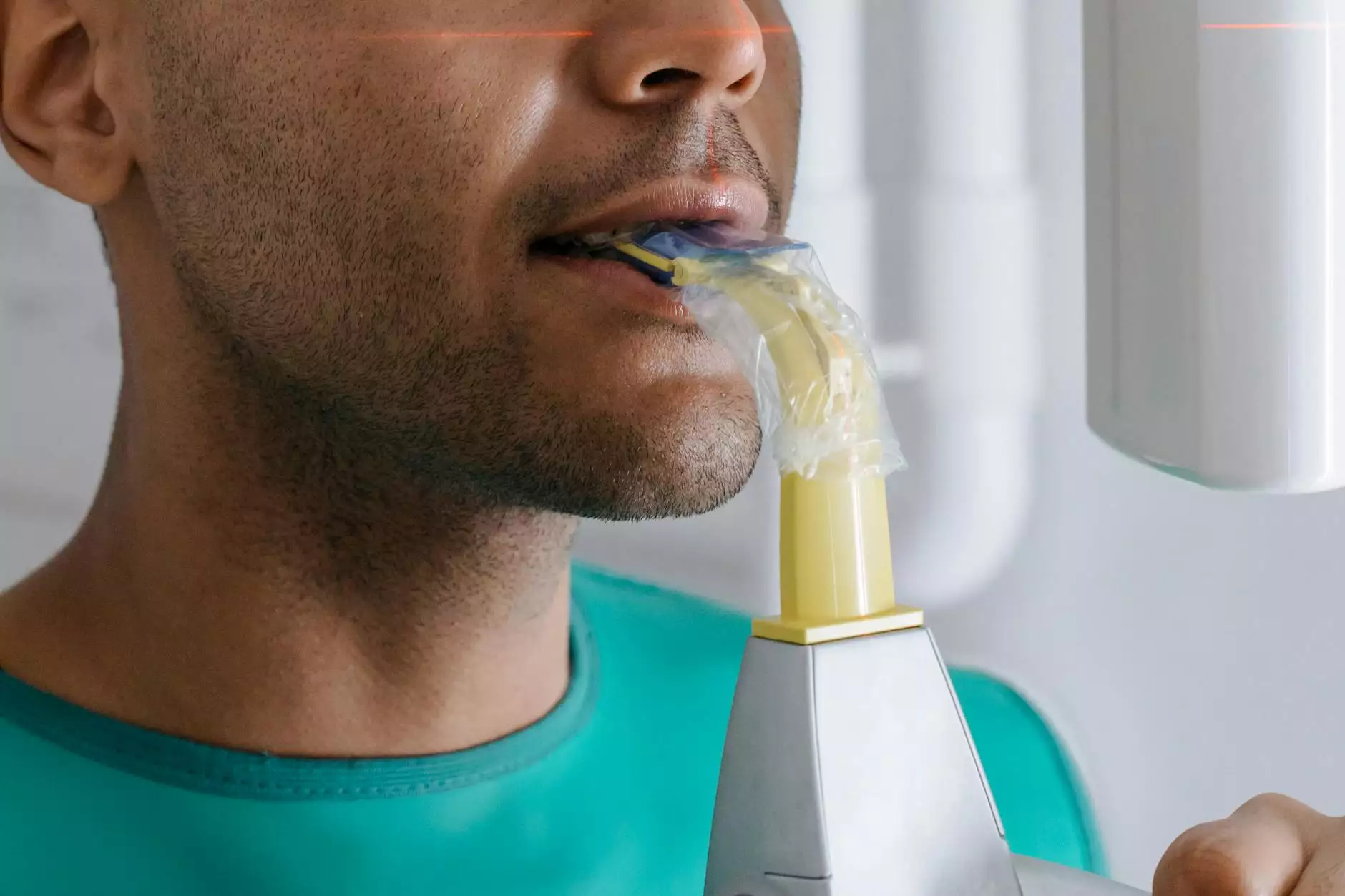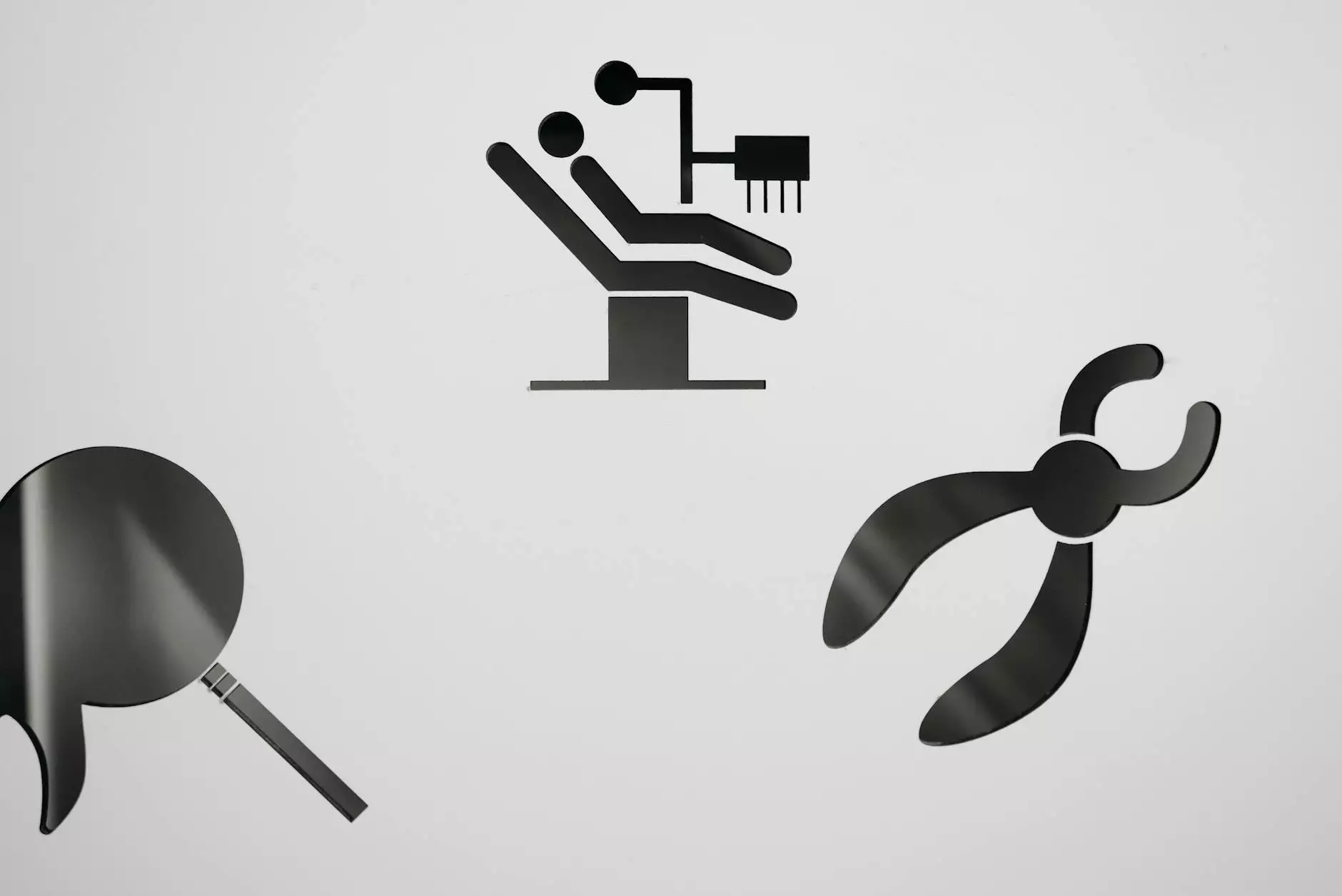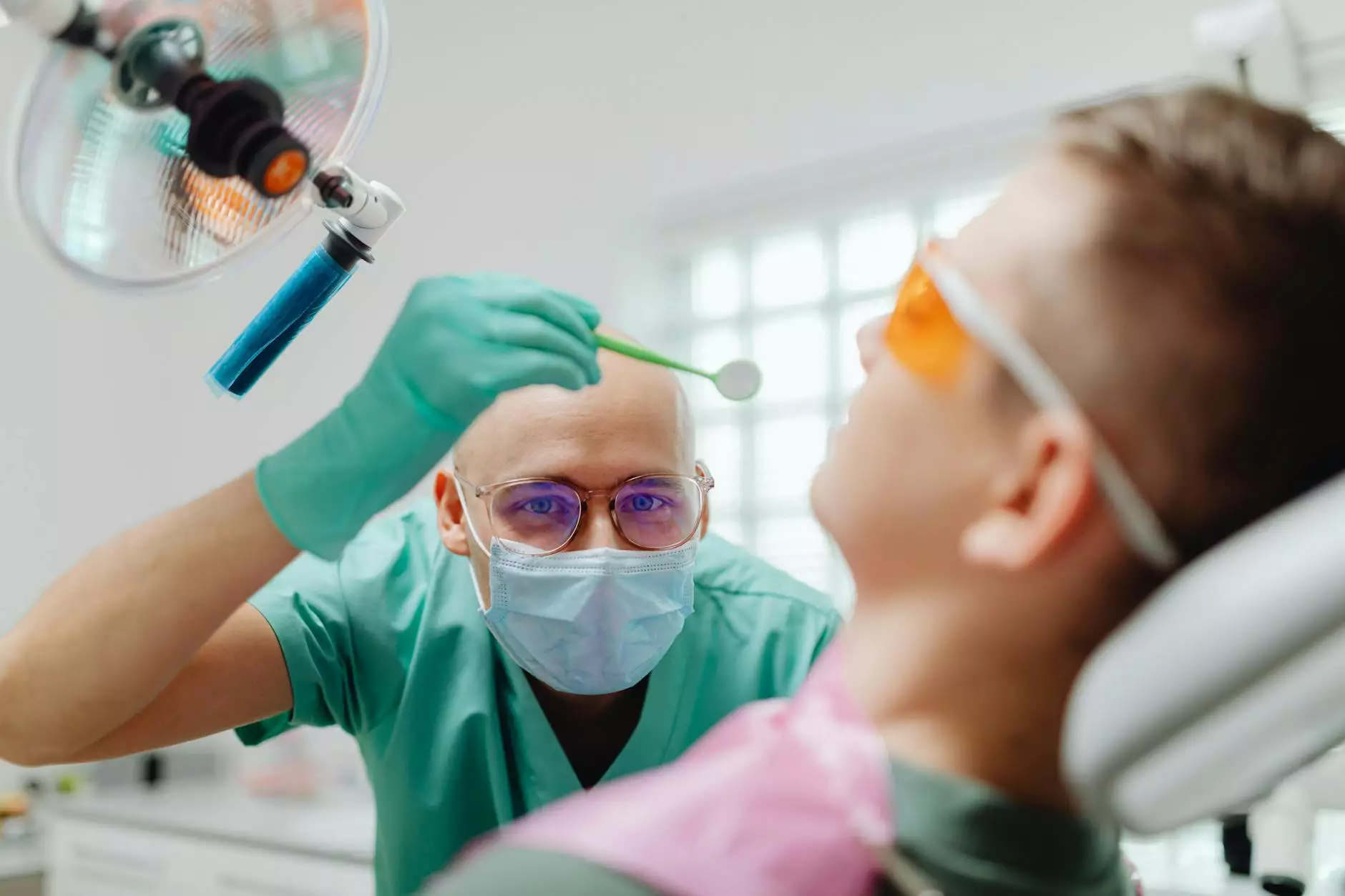CT Scan for Lung Cancer: Understanding the Process and Its Importance

Lung cancer remains one of the leading causes of cancer-related deaths worldwide, making early detection and accurate diagnosis crucial for effective treatment. One of the most important tools in diagnosing lung cancer is the CT scan (computed tomography scan). This article delves deep into the CT scan process, its significance in lung cancer diagnosis, and what patients can expect during the procedure.
What is a CT Scan?
A CT scan, or computed tomography scan, is a sophisticated imaging technique that combines X-ray images taken from different angles and uses computer processing to create cross-sectional images of bones, blood vessels, and soft tissues inside the body. It provides more detailed images than conventional X-rays, which helps in diagnosing various medical conditions.
The Role of CT Scans in Lung Cancer Diagnosis
When it comes to lung cancer, CT scans play a pivotal role in:
- Early Detection: CT scans can detect lung cancer at an earlier stage compared to traditional methods, increasing the chances of successful treatment.
- Assessing Tumor Size and Location: The detailed images help physicians determine the size, shape, and location of tumors, which is essential for devising a treatment plan.
- Staging Cancer: Staging refers to determining the extent of cancer in the body. CT scans help in identifying whether cancer has spread to lymph nodes or other organs.
- Monitoring Treatment Response: After treatment has started, CT scans can be used to monitor how well the therapy is working and whether adjustments are needed.
Given its comprehensive insights, CT scan for lung cancer has become a cornerstone in modern oncology, guiding clinical decisions for better patient outcomes.
How Does a CT Scan Work?
The process of undergoing a CT scan is relatively straightforward, and it’s important for patients to understand what happens during their visit:
Preparation for the Scan
Patients may be advised to follow specific instructions prior to the test, which can include:
- Avoiding food for a few hours before the scan
- Drinking plenty of water to stay hydrated
- Informing the healthcare provider about any medications or allergies
- Removing metal objects like jewelry that could interfere with imaging
The Scanning Procedure
During the scan:
- The patient lies on a motorized table that slides into the CT scanner, a large, doughnut-shaped machine.
- The scanner uses a series of X-ray beams to take pictures of the lungs from various angles.
- Patients may be asked to hold their breath briefly to avoid motion blur.
- The entire process usually lasts between 10 to 30 minutes.
Types of CT Scans Used for Lung Cancer
There are different types of CT scans that may be employed in lung cancer diagnosis:
Standard CT Scan
A basic CT scan provides detailed images of the lungs and surrounding structures. It is used primarily for diagnosing abnormalities.
Low-Dose CT Scan
Low-dose CT scans are particularly effective in screening individuals at high risk for lung cancer (such as heavy smokers). This version uses a lower amount of radiation.
CT Angiography
This type of scan focuses on the blood vessels in the lungs, helping to assess if cancer has spread through the bloodstream.
Benefits of CT Scans in Lung Cancer Management
CT scans offer numerous benefits which substantially impact patient care:
- Precision: The detailed imaging allows for precise tumor characterization, aiding in personalized treatment planning.
- Non-Invasive: As a non-invasive procedure, CT scans require no surgery and involve minimal discomfort.
- Quick Results: The results can often be interpreted quickly, allowing for timely medical decisions.
- Comprehensive Assessment: CT scans can evaluate not only the lungs but also other organs and tissues, providing a full picture of the patient’s health.
This combination of factors makes the CT scan for lung cancer a preferred method among healthcare professionals.
Potential Risks and Considerations
While CT scans are generally safe, patients should be aware of some potential risks:
- Radiation Exposure: CT scans involve exposure to ionizing radiation, though the benefits often outweigh the risks, especially when monitoring cancers.
- Allergic Reactions: If contrast dye is used, there is a potential for allergic reactions, although these are rare.
- False Positives/Negatives: The possibility of a false positive may lead to unnecessary anxiety and additional tests, while false negatives can delay treatment.
Patients should discuss these risks with their healthcare provider to make a well-informed decision about the procedure.
Interpreting CT Scan Results
Once the CT scan is completed, radiologists analyze the images and provide a report to the physician, who will explain the results to the patient. Key aspects to be assessed include:
- Presence of Nodules: Any abnormal growths will be measured and further evaluated.
- Pattern of Lung Infiltration: Certain patterns can indicate specific types of lung cancer versus benign conditions.
- Lymph Node Involvement: Enlarged lymph nodes may signal metastasis.
Deciphering these results is critical in formulating a treatment strategy moving forward.
Conclusion
In the realm of lung cancer diagnosis and management, the CT scan for lung cancer stands as a vital tool that can significantly influence patient outcomes. With its ability to provide comprehensive, detailed images of the lungs and surrounding tissues, CT scans facilitate early detection, precise assessment, and effective monitoring of lung cancer.
At Hello Physio, we prioritize patient care and utilize advanced technologies like CT scans to ensure optimal health outcomes. Understanding the importance of each diagnostic step empowers patients to take charge of their health and make informed decisions alongside their healthcare providers.
As research and technology advance, the role of CT scans will continue to evolve, enhancing our ability to combat lung cancer effectively and improving the quality of life for those affected. Seeking medical advice promptly at any signs of respiratory issues is critical, and CT scans may play an essential part of the diagnostic process.









